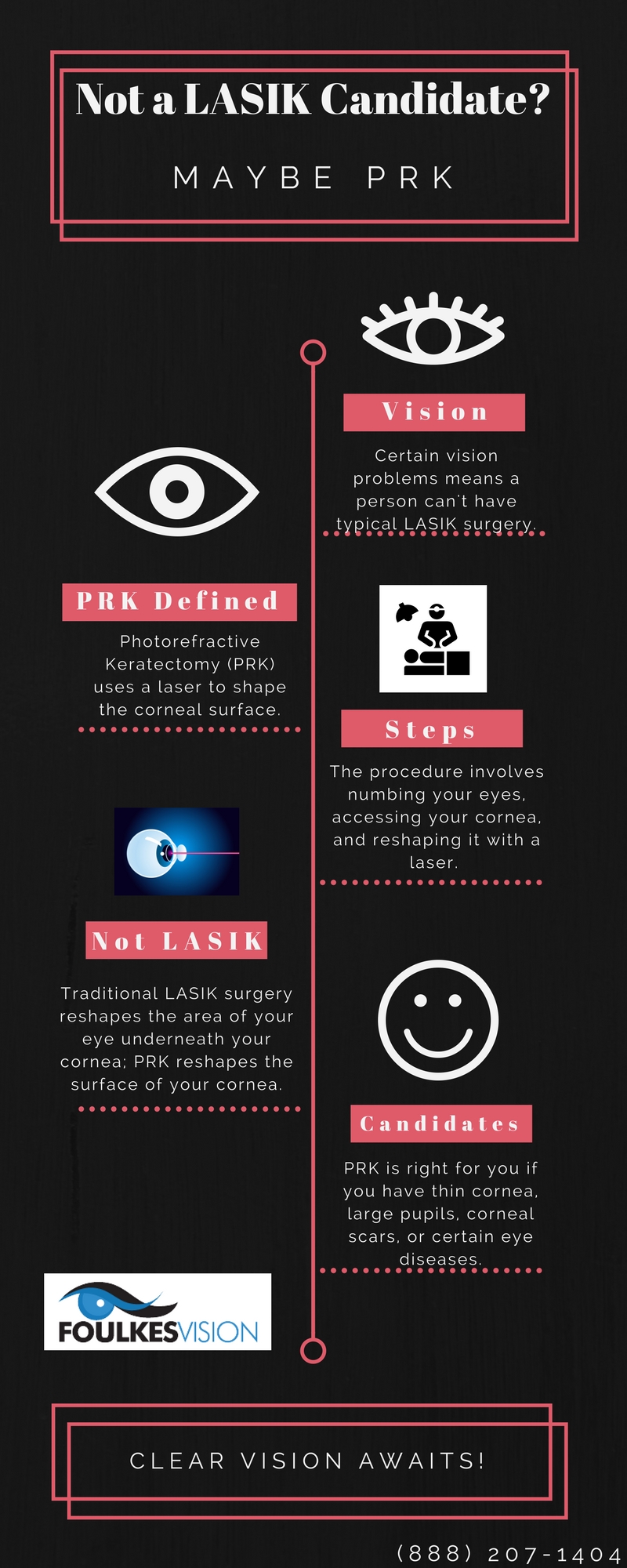The Clear-Cut Frequently Asked Question On Refractive Lens Exchange: Secret Insights You Have To Comprehend
The Clear-Cut Frequently Asked Question On Refractive Lens Exchange: Secret Insights You Have To Comprehend
Blog Article
Developed By- Click To See More
If you're taking into consideration refractive lens exchange, you possibly have a lot of inquiries. This treatment can transform how you see the world, providing advantages like lowered dependancy on glasses. However, it's necessary to understand the procedure, risks, and that qualifies as a good candidate. Let's discover these important facets so you can make an enlightened choice regarding whether RLE is right for you.
What Is Refractive Lens Exchange and Just How Does It Function?
Refractive lens exchange (RLE) is a surgical procedure made to change your eye's all-natural lens with a synthetic one, remedying vision problems like nearsightedness, farsightedness, or presbyopia.
During the treatment, your doctor makes a little cut in the eye, eliminates your all-natural lens, and inserts an intraocular lens (IOL) tailored to your vision needs. This outpatient surgical treatment generally takes around 15 to half an hour per eye and is executed under local anesthetic.
You'll likely discover renovations in your vision virtually instantly, though full recovery might take a couple of weeks. RLE is specifically valuable for those over 40 or with high prescriptions, supplying a long-lasting solution contrasted to glasses or get in touch with lenses.
Your eye treatment professional can aid determine if RLE is right for you.
What Are the Benefits and Dangers of Refractive Lens Exchange?
Selecting refractive lens exchange can result in considerable enhancements in your vision, yet it is very important to evaluate both the advantages and risks before deciding.
On the plus side, this treatment can boost your vision by fixing problems like presbyopia, nearsightedness, and hyperopia. Many clients take pleasure in decreased dependence on glasses or get in touch with lenses, which can significantly boost their quality of life.
Nevertheless, it's important to consider potential risks. https://www.health.harvard.edu/diseases-and-conditions/considering-cataract-surgery-what-you-should-know can consist of infection, glow, or halos around lights.
There's also a chance of overcorrection or undercorrection, which may need added treatments.
Who Is an Ideal Prospect for Refractive Lens Exchange?
If you're thinking about refractive lens exchange, it is very important to understand whether you fit the account of a perfect prospect. Typically, you may be a good prospect if you more than 40, experience presbyopia, or have high degrees of nearsightedness or farsightedness.
It's additionally essential that your vision is stable, implying your prescription hasn't changed significantly in the past year. If you have cataracts or other eye problems, you could take advantage of this procedure too.
Nevertheless, particular aspects, like unrestrained diabetes or autoimmune diseases, can disqualify you. To establish your candidateship, seek advice from an eye treatment professional that can evaluate your details situation and advise the most effective course of action customized to your needs.
Final thought
In conclusion, refractive lens exchange can be a transformative choice for improving your vision, especially if you're over 40 or have a high prescription. While the advantages are considerable, it's important to evaluate the dangers and talk to your eye care expert to identify if you're an optimal candidate. With the right information and support, you can make an educated decision and possibly enjoy a life with reduced dependence on glasses.
